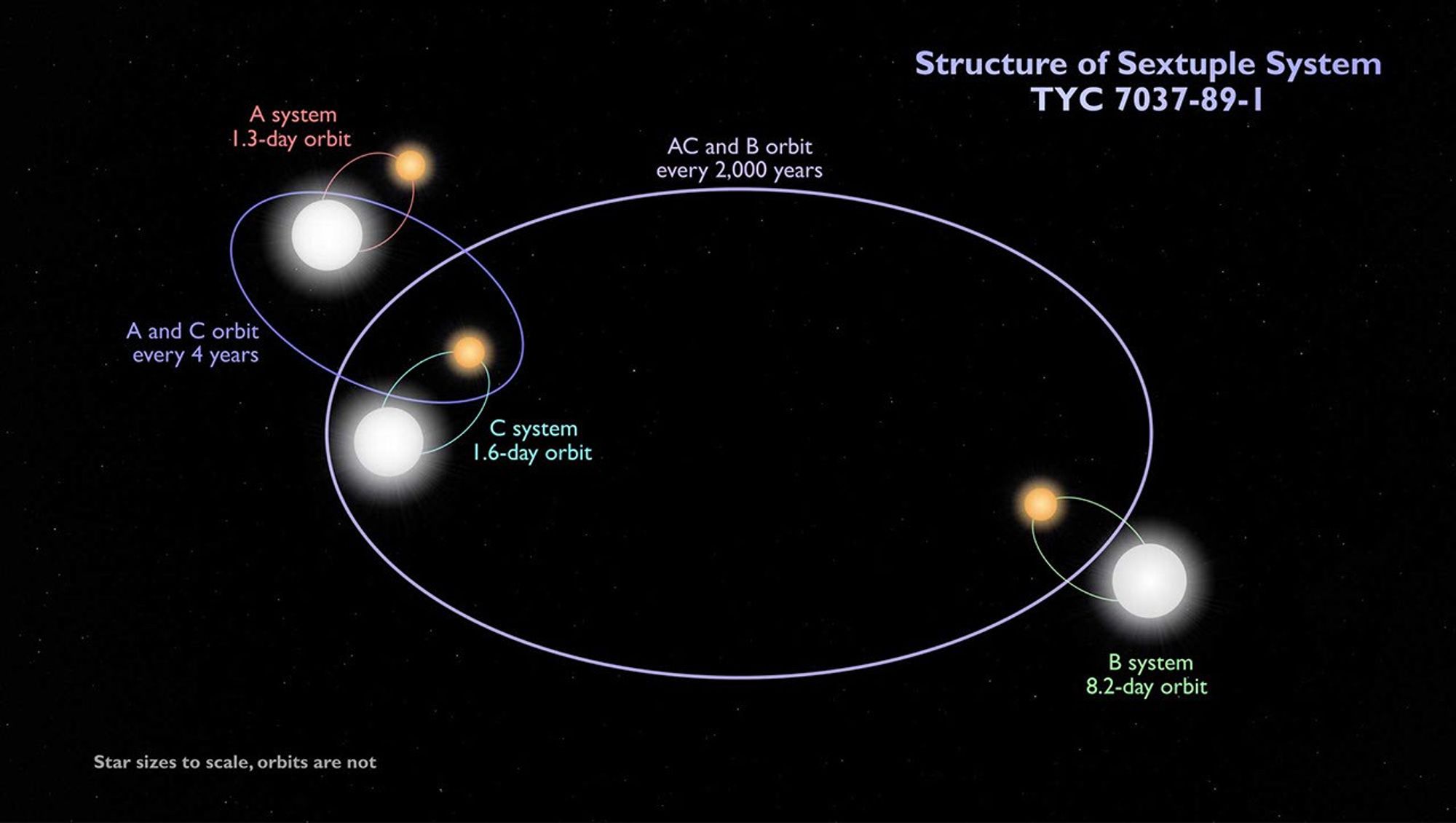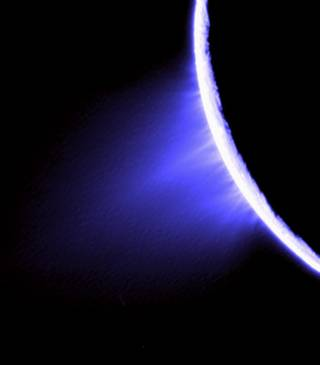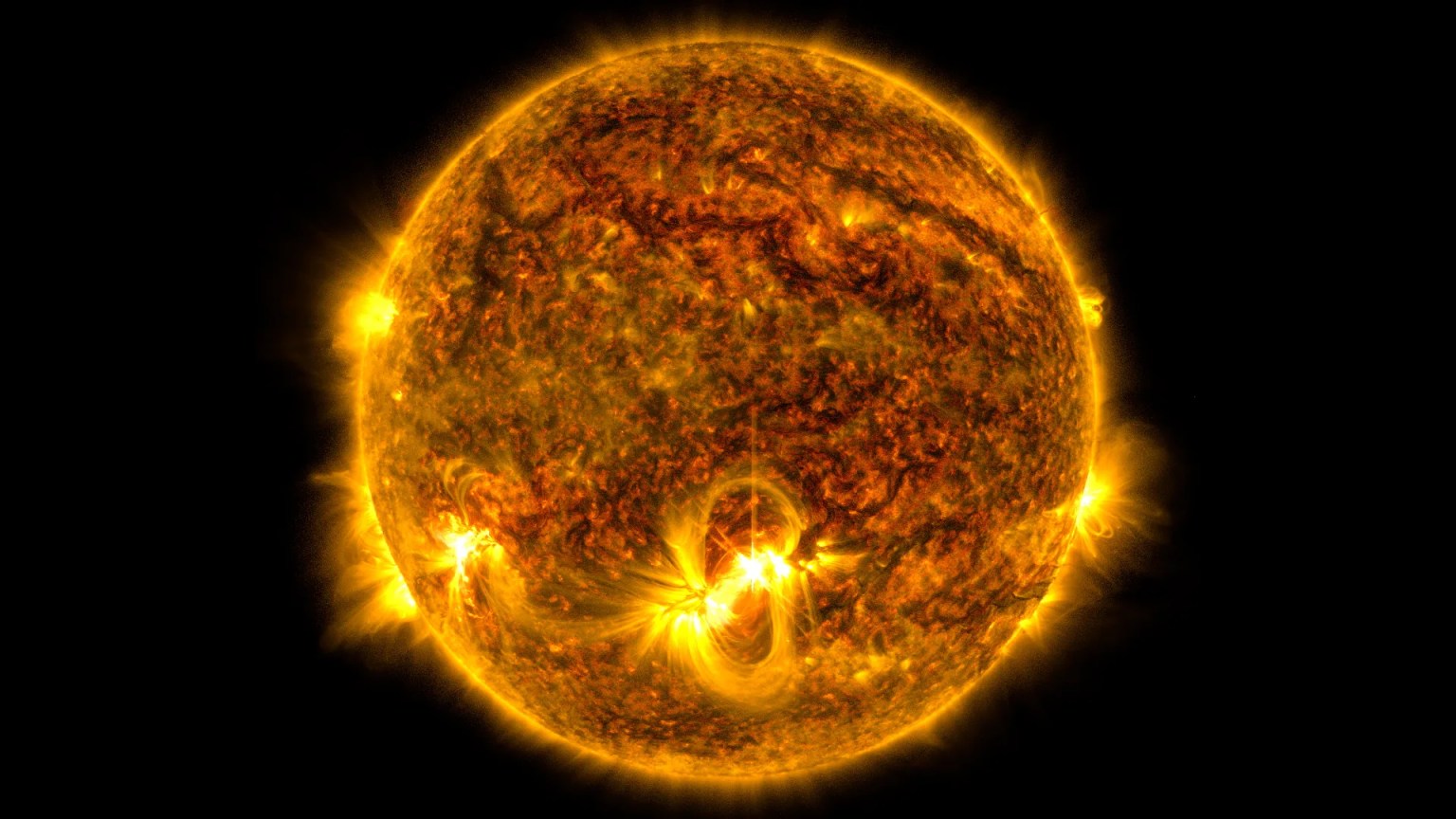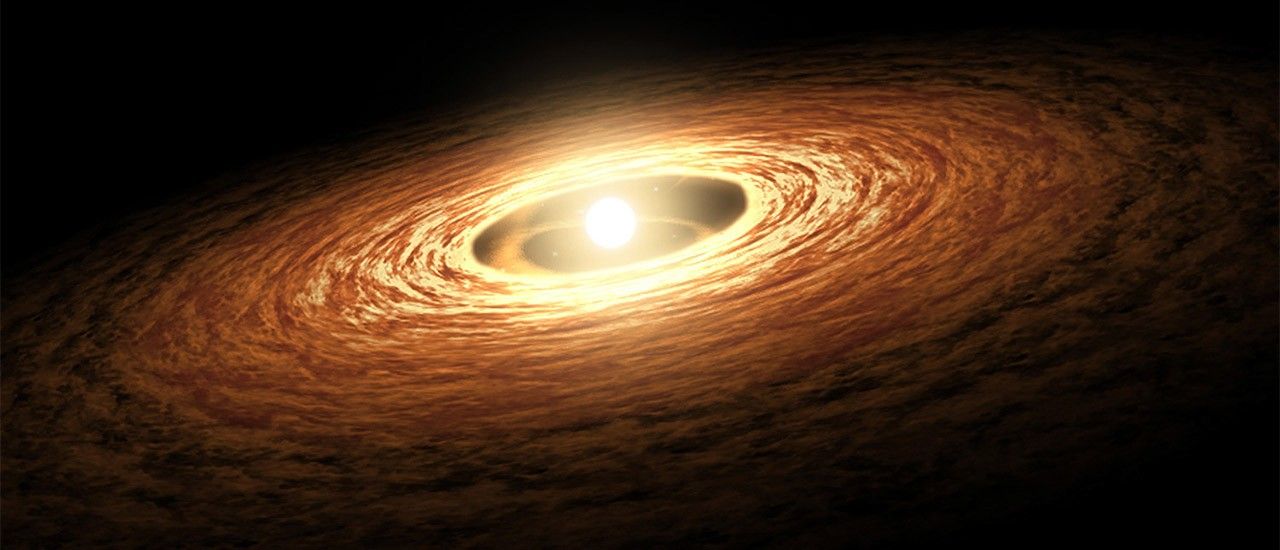Other Stars, Other Worlds
Our Nearest Celestial Neighbor? An Exotic 3-Star System
A journey of 4.25 light-years will bring you to our nearest neighboring star: Proxima Centauri, or Proxima Cen for short. At least one planet, and possibly two more, orbit the star, making the planet – or planets – the closest outside our solar system.
Yet Proxima is itself part of another star system. It is locked in a distant orbital relationship with two other stars, Alpha Centauri A and B (“Rigil Kentaurus” and “Toliman,” as designated by the International Astronomical Union). These two stars, admittedly, orbit each other at a significant separation: It takes them 80 years to complete one orbit. But to their distant sibling, this would look like a close embrace. Proxima Cen takes more than half a million years to orbit the other two.
Together, the three stars are known as the Alpha Centauri system, or just Alpha Centauri.
Whether the planet first discovered around this nearest star, nicknamed Proxima b, might be potentially habitable is so far unknown. It is a “super-Earth,” or a planet likely to be rocky like ours but notably heftier – in this case, 1.27 times the mass of Earth. Proxima b orbits its star closely, with a “year” lasting only 11 days. But because Proxima Cen is smaller and cooler than our Sun, the planet still dwells in the habitable zone, the distance from a star that could allow liquid water on a planet’s surface.
That is, all things being equal. In this case, however, things might be far from equal. Liquid water requires a suitable atmosphere, and so far none of our telescopes, in space or on the ground, has the capability to check whether Proxima b has any sign of an atmosphere at all. Another major issue: the periodic flaring of the star itself. Proxima Cen, a red-dwarf star, frequently erupts in bursts of intense ultraviolet radiation; this might be enough to strip away any atmosphere the planet held onto after it formed.
Our nearest neighboring star system, spanning far more cosmic real estate than our solar system, turns out to be something of a laboratory for stellar – and planetary – orbital relations.




































